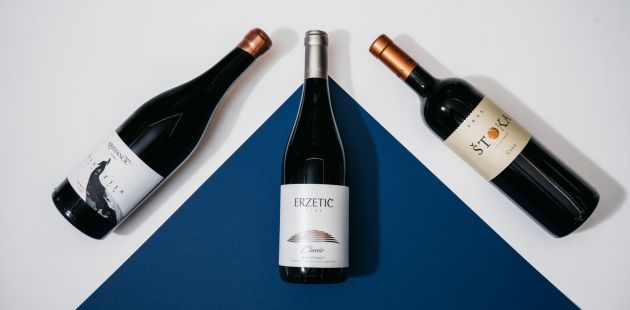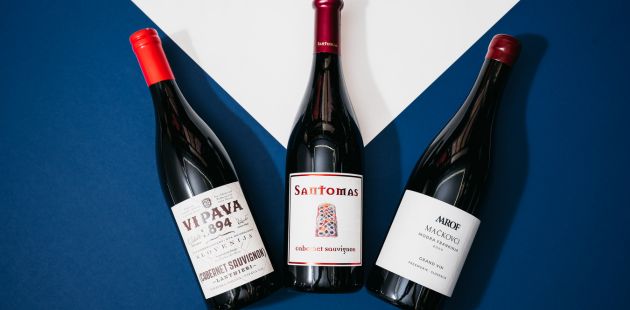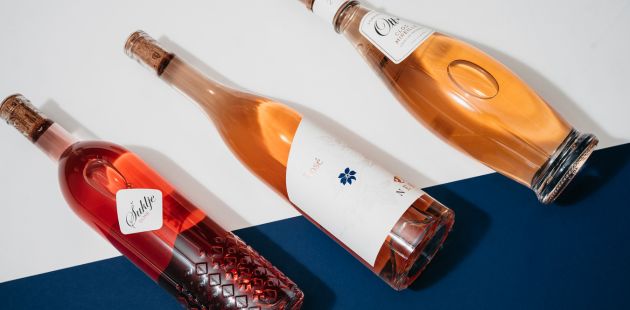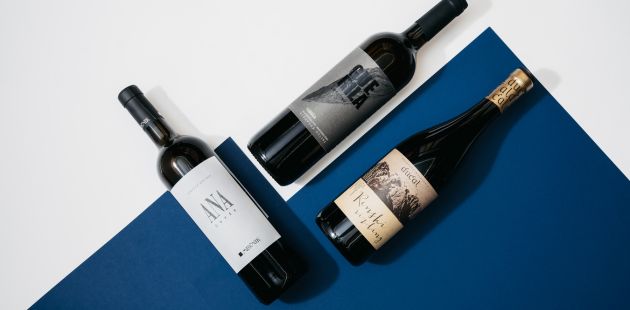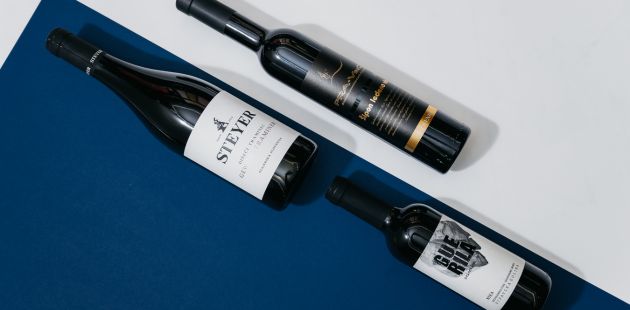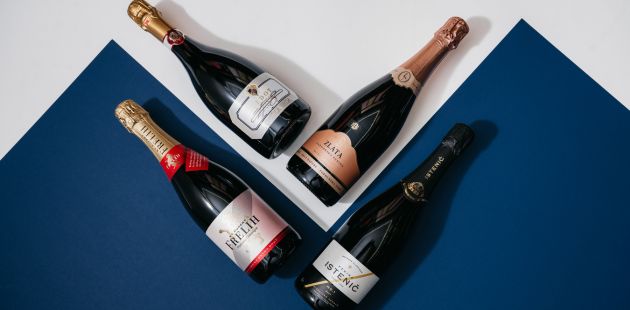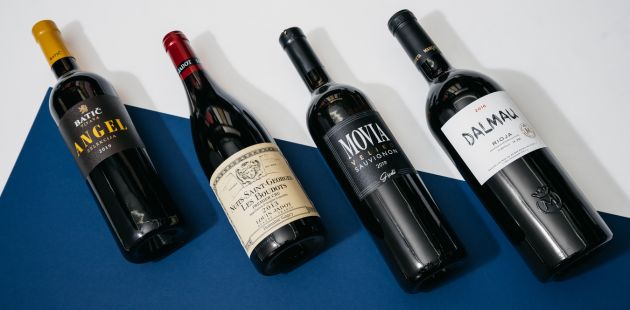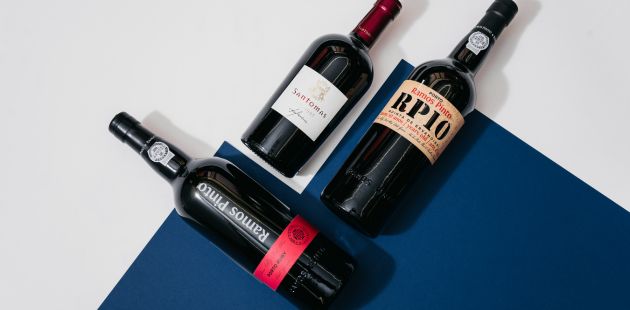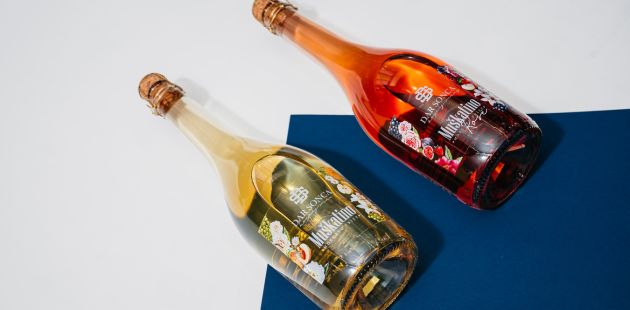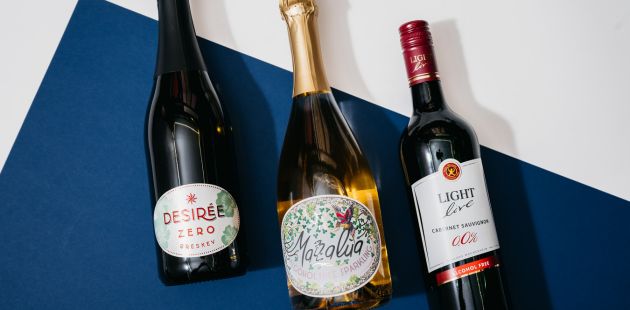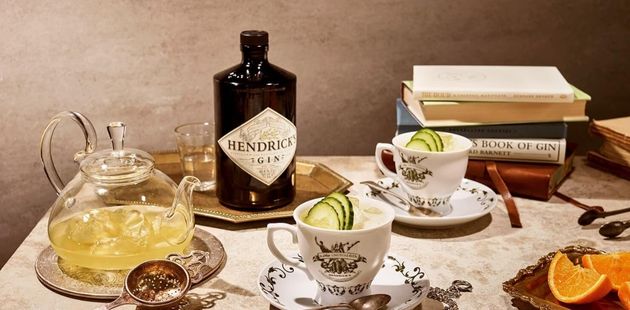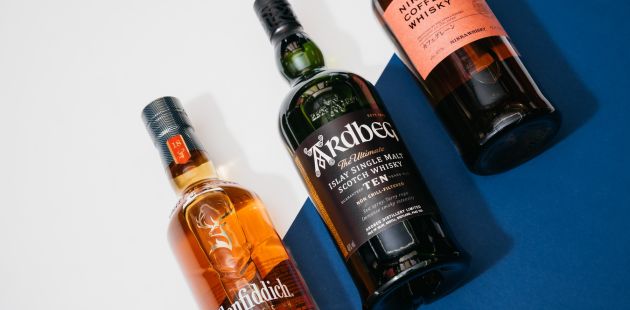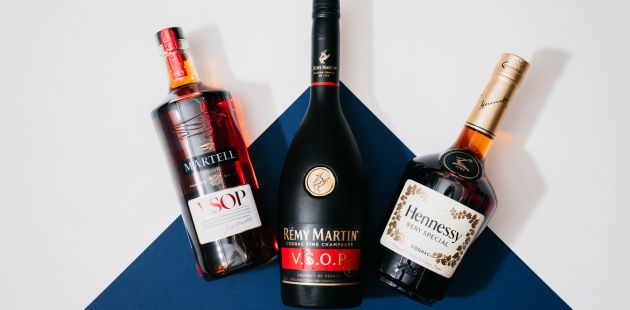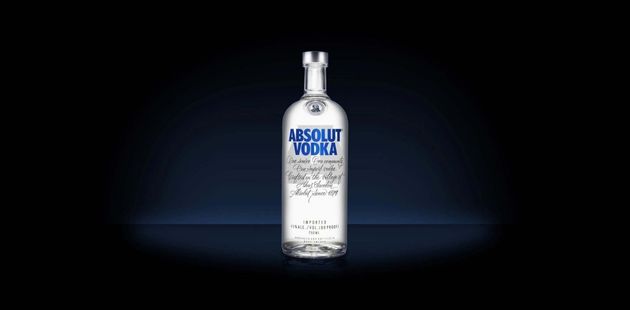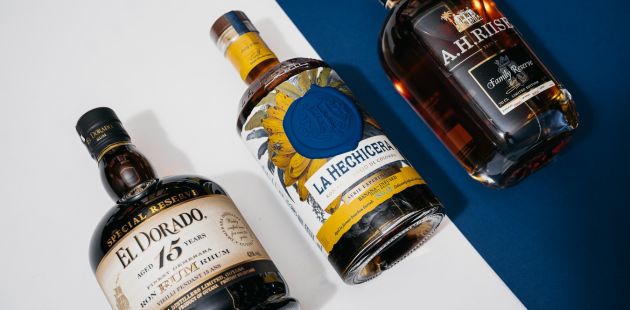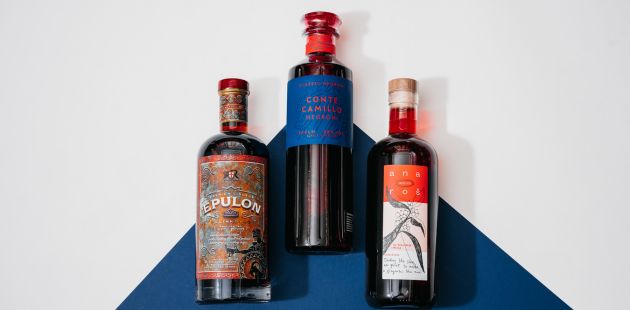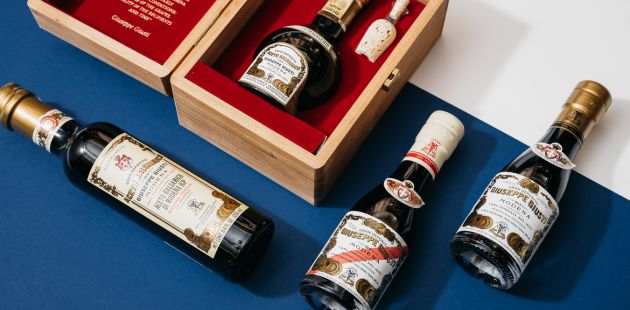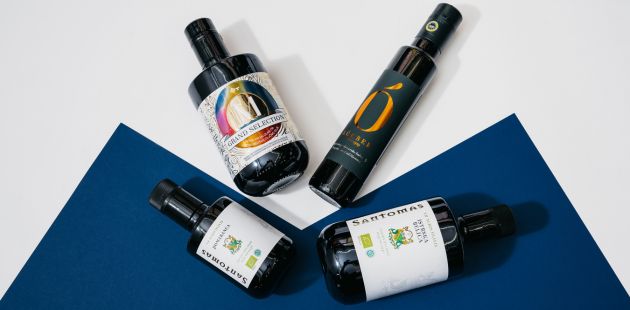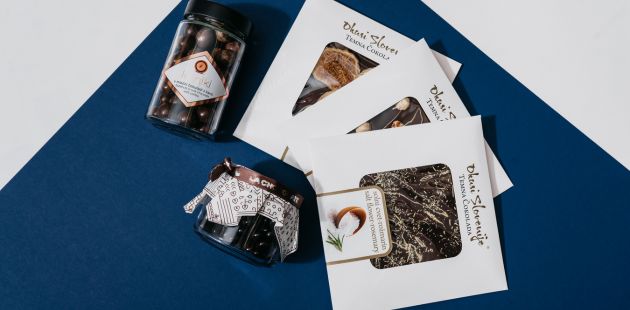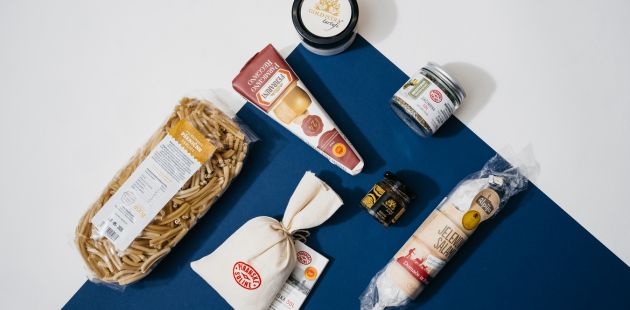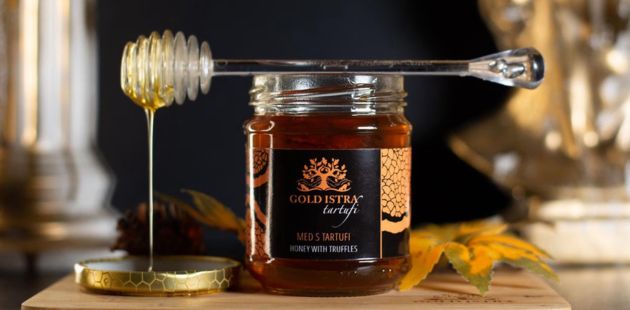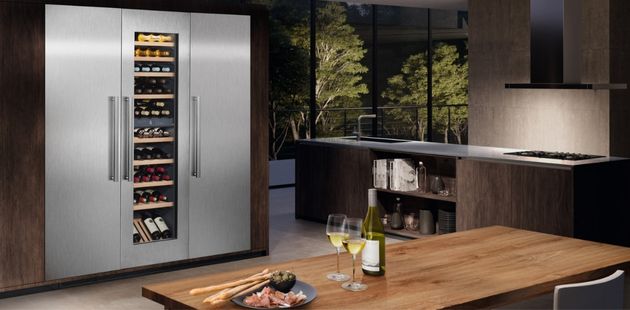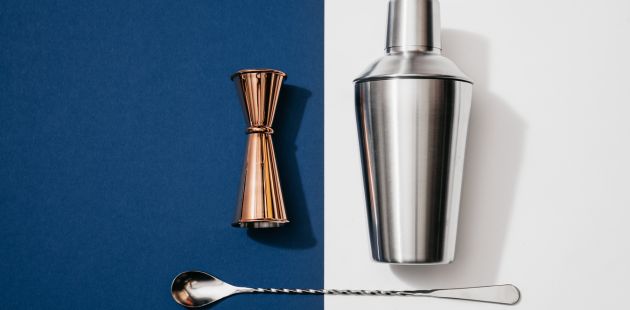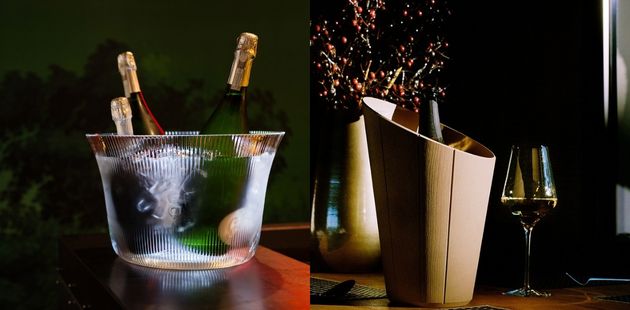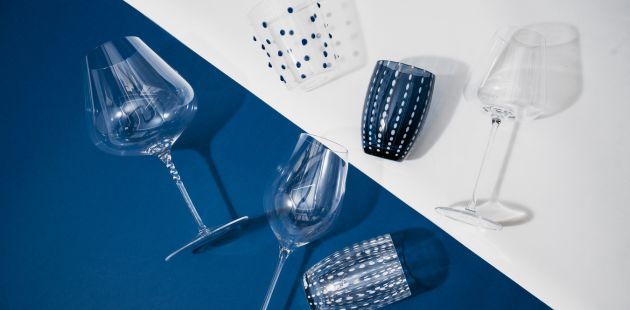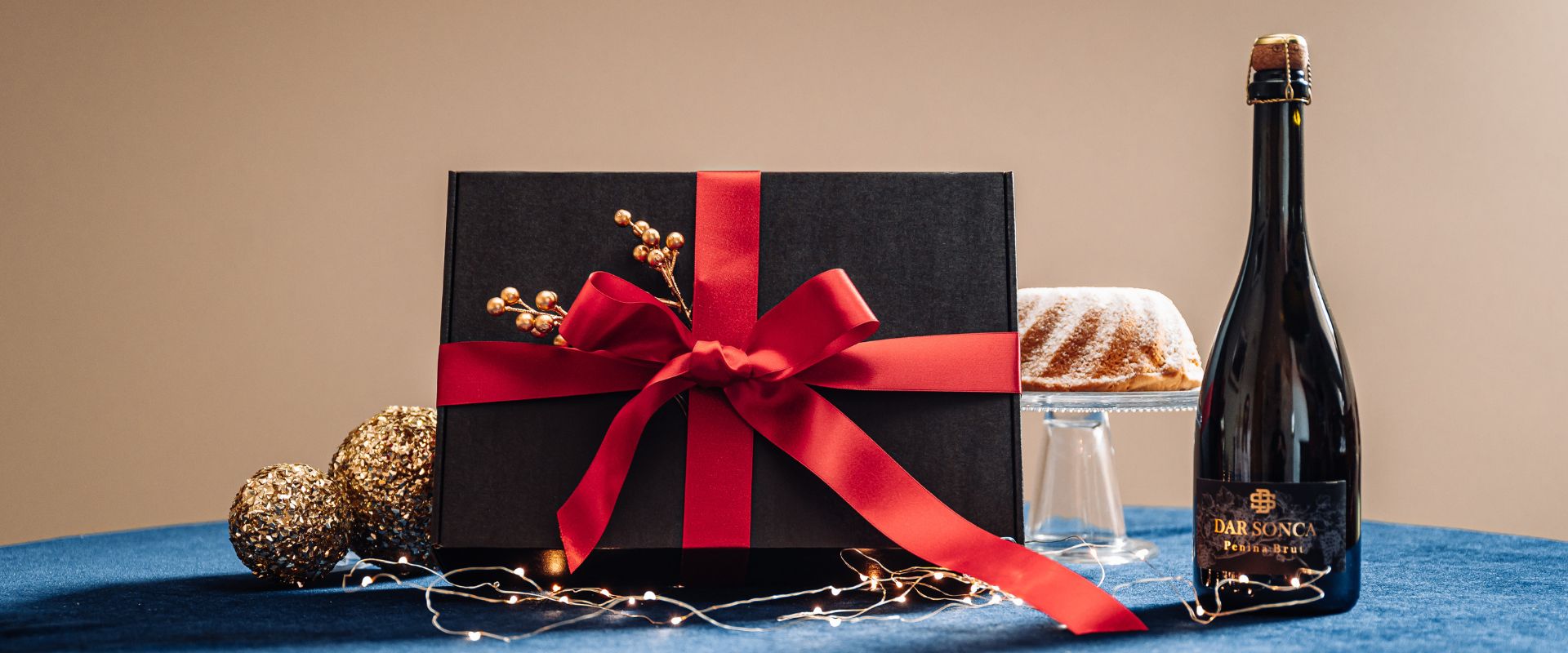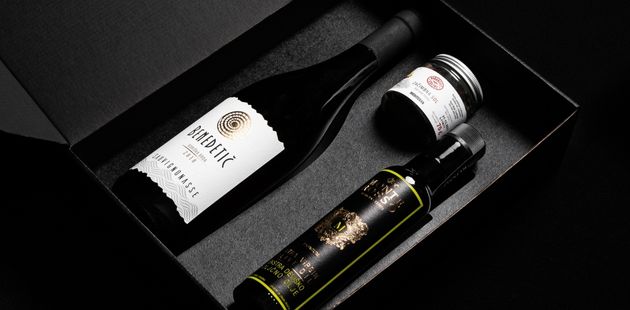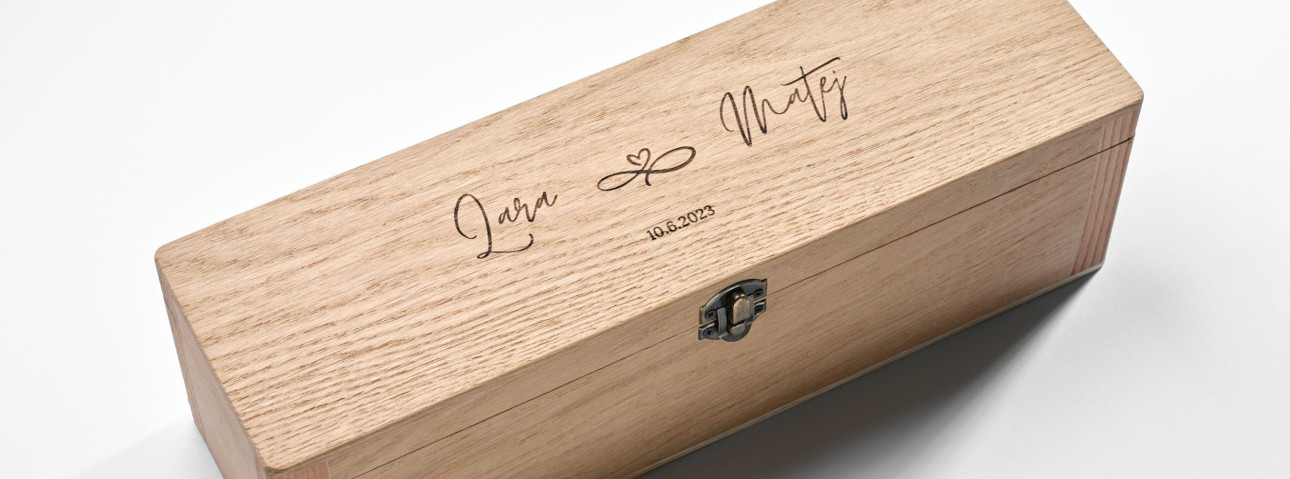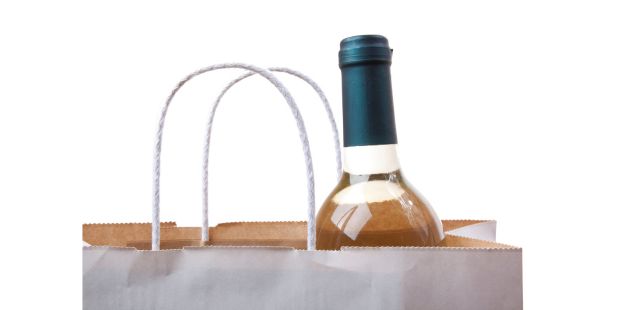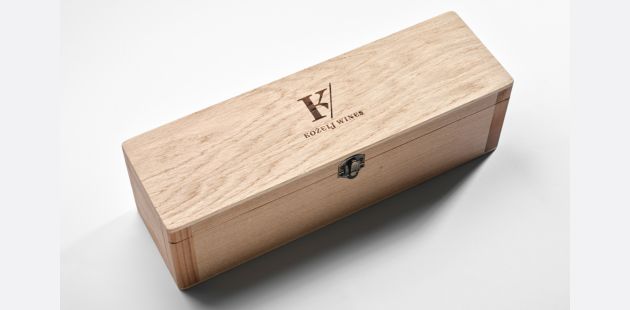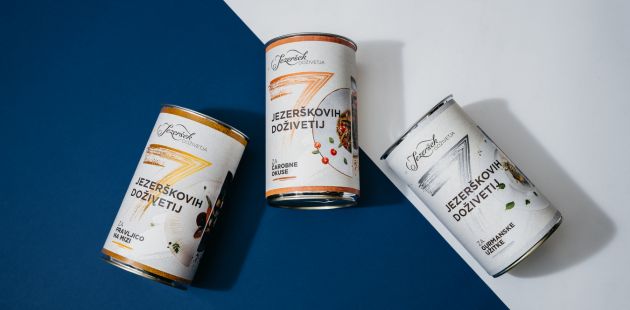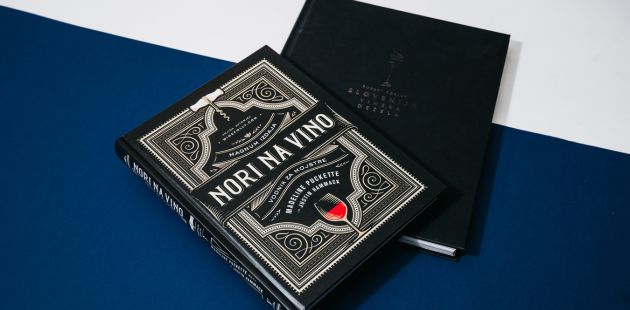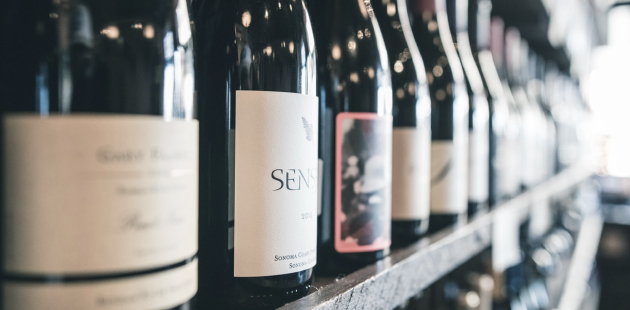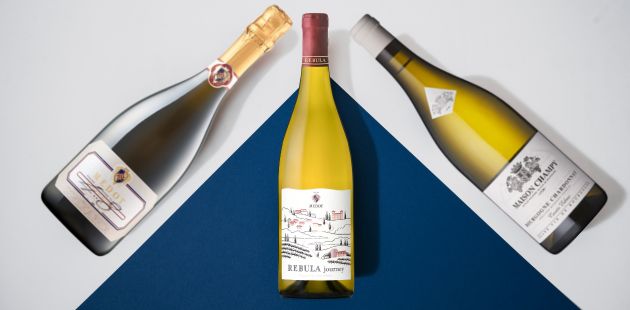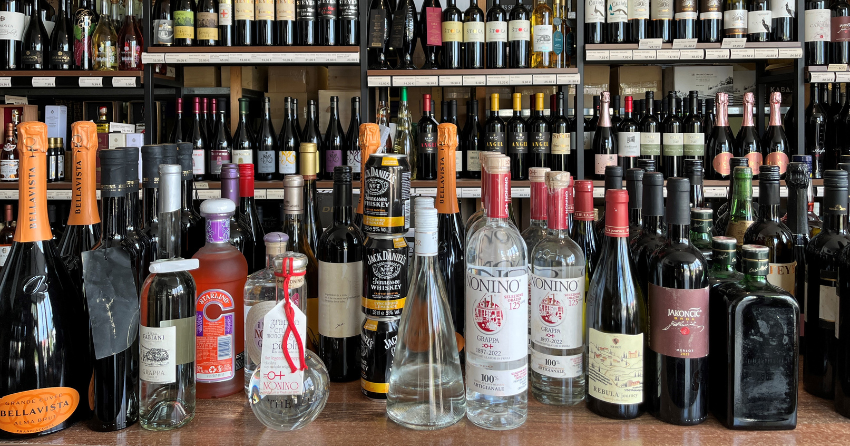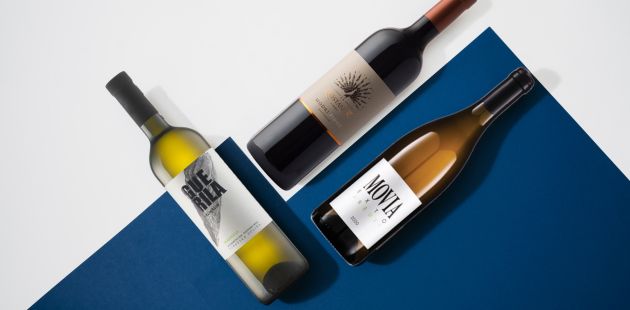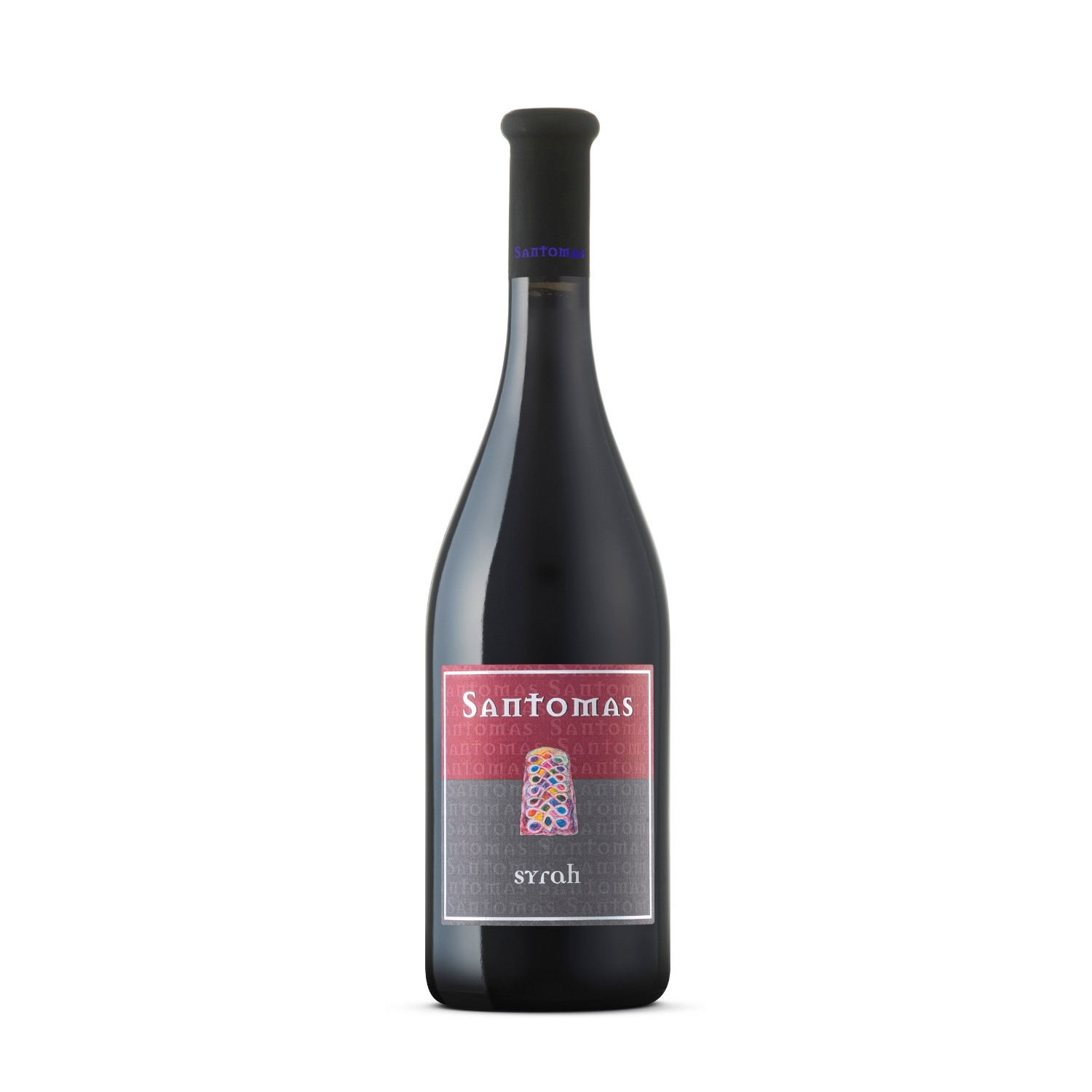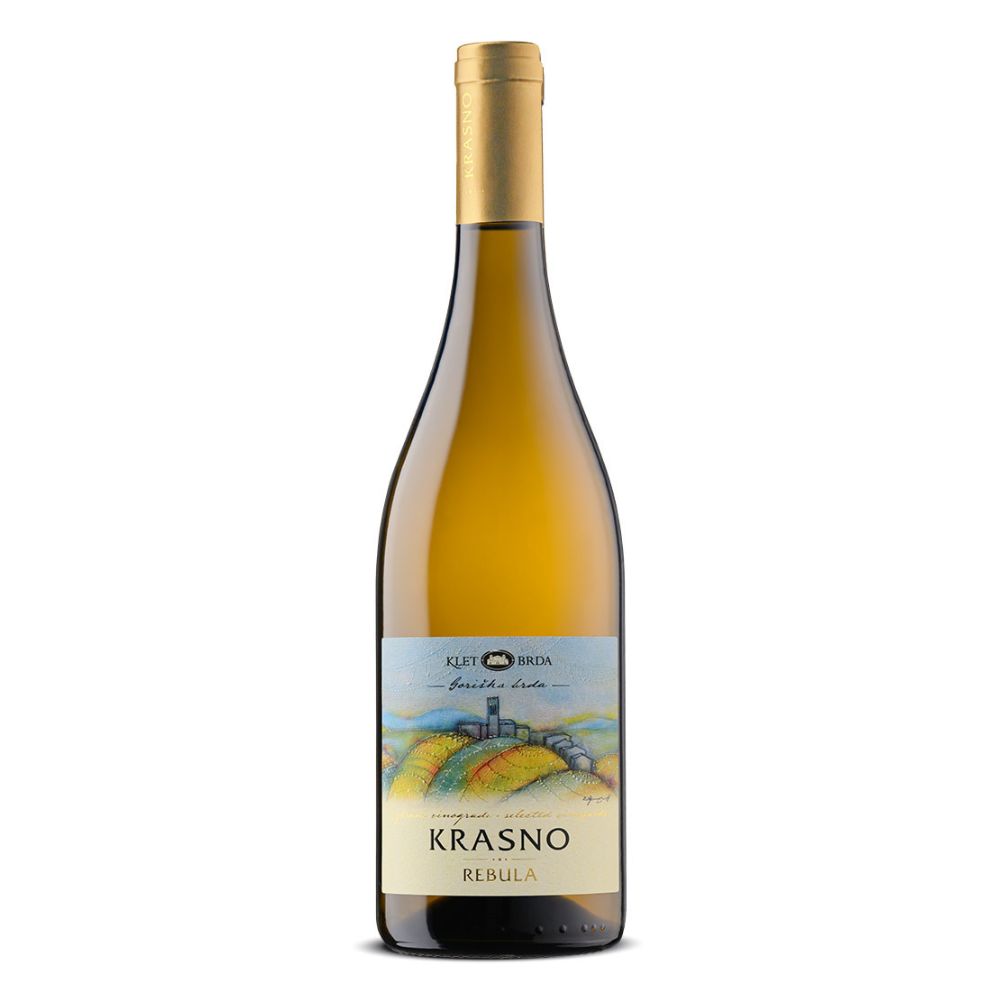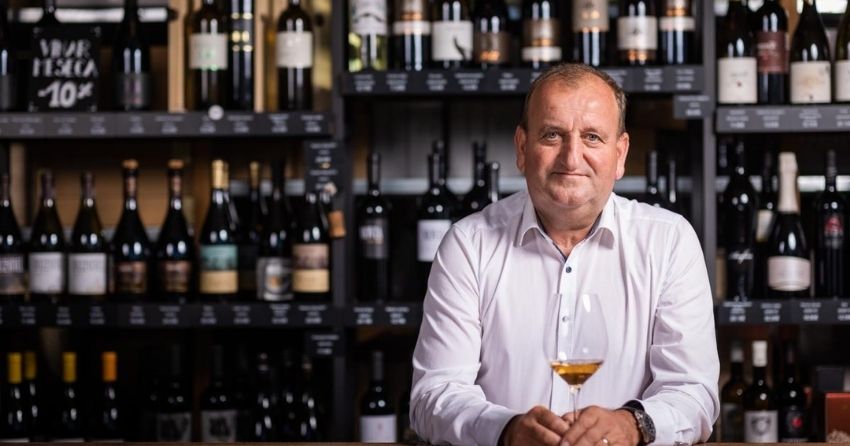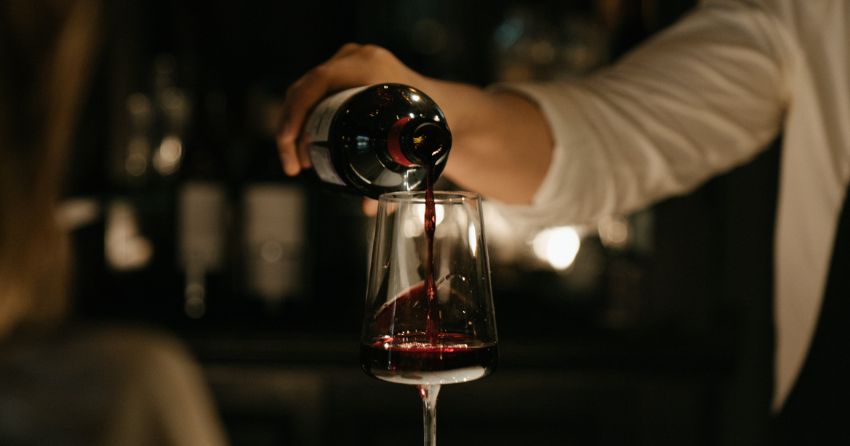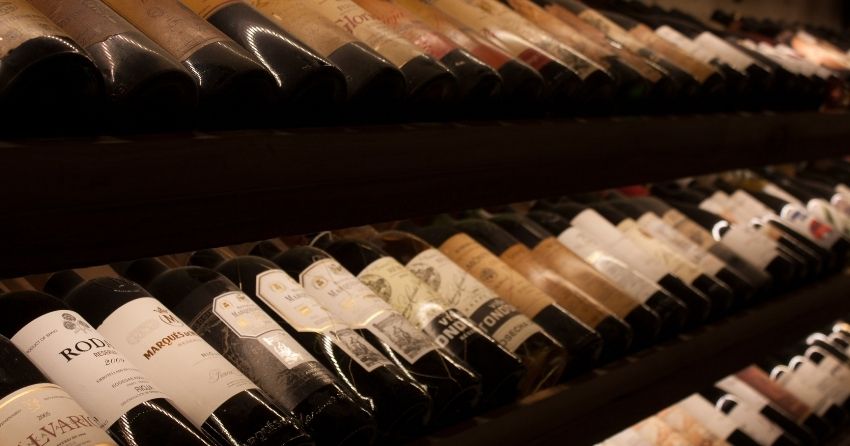Wine is a beautiful story
26. december 2025
“Wine is a tradition, it is a culture and an art. ...”
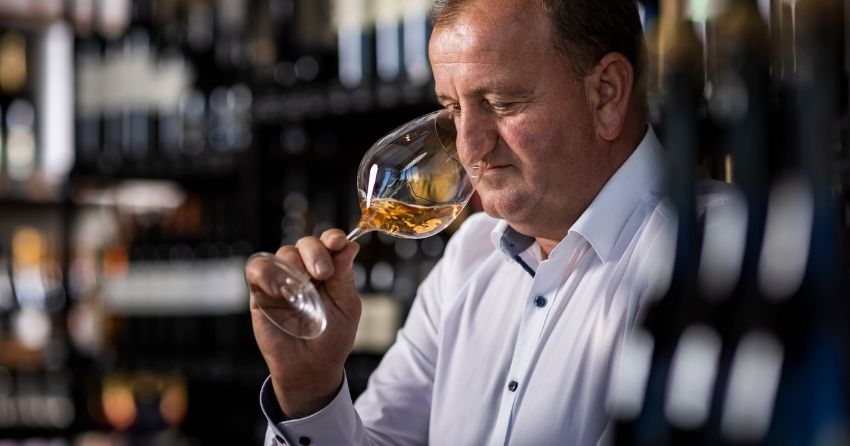
“Wine is a tradition, it is a culture and an art. In wine, there is truth, in wine, there is a story, and wine is communication.” Thus begins the catalogue of the wine house run by Jože Koželj that is the largest wine distributor around here, so large that he even started a biennial wine festival to present his portfolio. At this year’s eighth Festvina festival in Brdo pri Kranju in September, he expects sixty Slovenian winemakers and twenty-five from abroad. Koželj is convinced that the Slovenian wine writes a wonderful story, the prospects for this year’s harvest are good, and last year’s harvest was excellent, but there will be a strong competition on the market, because all of the wine-growing Europe had a good year.
Mr. Koželj, what are you, a distributor, wine merchant, promoter, wine lover?
Virtually all of the above. If you are not a wine lover, you cannot be its distributor. The first prerequisite is obviously an acquaintance with winemakers, but if you are not a wine lover, you also cannot sell their wine and wine stories on to others. You can’t just be a trader in this business, traders are too engrossed in percentages. We perceive wine as a story, which is different. We deal with something that our winegrowers or winemakers live on, not just them, their whole families live on the wine business. With this in mind, we must be, so to speak, normal traders and distributors, we must represent them in the right way, so that in the end we are all satisfied, them, us and of course our customers, not only individuals but also bar and restaurant owners and retail chains, who sell the wine and its story on again. It’s a long chain.
I read that you are the largest Slovenian wine distributor, today offering more than 1,500 different wines and representing 100 wineries. How did you get started or what led you to wine?
It’s a simple story. I worked for someone who was involved in wine distribution, but we had to end the cooperation due to financial problems and other reasons, so in 2001, I continued with my own company, which had already been founded earlier, in 1994. I was persuaded into it by Slovenian winemakers of my acquaintance, who advised me to sell their wines to restaurants – and so I started with three employees. There are now seventeen of us, a large team of people who love their work. And last but not least: wine is a beautiful story. If everything is properly directed in this business, the inflow is steady, but everything must be well thought out so that it does not leak…
I attended the last Vinart tasting in Zagreb. The main organiser Saša Špiranec told me that some winemakers, including Slovenian ones, dictate trends and their visions to Croatian customers. Is it the same in Slovenia?
Of course, especially those winemakers who are close to Italy, in fact all those who travel around the world, and in particular those who have received high marks abroad, make sure that such successes are heard of at home. And this is in a way a suggestion, a guideline. If we look at the successes of small winemakers, they have done a lot for the image of Slovenia around the world.
I was also told in Zagreb that once praised ‘great wines’, i.e. heavy wines with a lot of alcohol and oaky notes, are no longer popular today and that winemakers take this into account. How has the taste of Slovenian drinkers changed since independence?
Who sets the trends? We often adopt foreign ones – for example, the fashion of barrique and vanilla wines, Italian sparkling wines, as well as gin, rum, single malts and Japanese whisky has come and in some cases passed…
I heard that half of everything you put on the market is sold in Ljubljana. Is this correct?
In September, you are organising the eighth Festvina wine festival in Brdo pri Kranju, intended primarily for customers in the hospitality industry. What has changed since its beginnings?
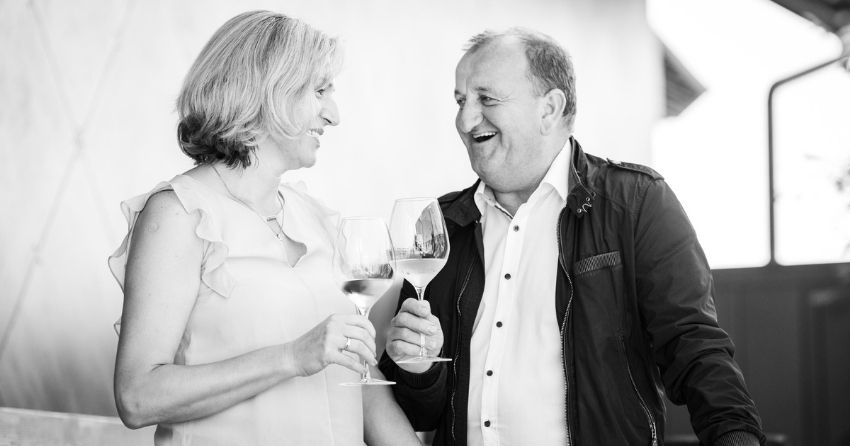
Do you advise your customers on the design of their wine lists? By this I mean the sommelier conundrum or the joy or the art of pairing food with wine.
Last year I had the honour of speaking with Steven Spurrier. He commented on the rise of so-called orange or amber wines, produced according to centuries-old proven methods of longer maceration, saying that these are fascinating wines, but a significant risk for the winemaker. You also sell them.
Wines with an aggressive charm?
Spurrier also added that he is not a fan of so-called natural wines, saying that they are often not very good because they are either missing something or have too much of something. Your opinion?
Since you do business with professional customers, you can probably easily answer the question of what Slovenians drink or what is drunk in Slovenian restaurants. It is no longer merely an assumption: the culture of knowing and drinking wine has undoubtedly changed in recent decades.
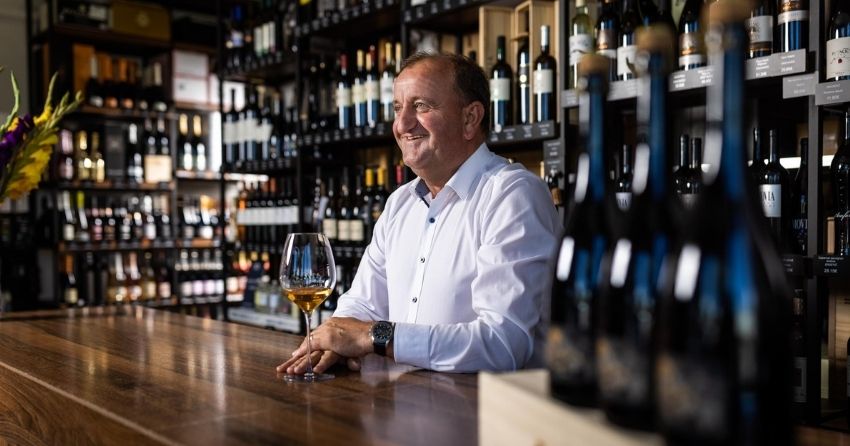
I read some time ago that you are also a supplier of wine to Slovenian embassies. Do they drink the best there?
Every third Thursday in November, beaujolais is tasted around the world. This tradition was introduced here by you, if I am not mistaken.
You are in constant contact with winemakers. What are the prospects for the harvest?
How would you describe the difference between a 20 and 520 euro wine to a potential buyer? You offer Château Pétrus 2014 for 3,294 euros. Does it sell?
So the long-tail theory, which is also present in book publishing.
How many serious wine collectors do you think there are that have a suitable cellar, wine cabinets and other necessary accessories?
I ask because you also deal in wine cabinets and coolers and even an appliance that can pour wine, a so-called wine dispenser.
Your favourite variety or blend of wine?
I read in the O vinu magazine that you – like Tomaž Sršen – also recommend port as an excellent pairing with potica (nut roll).

